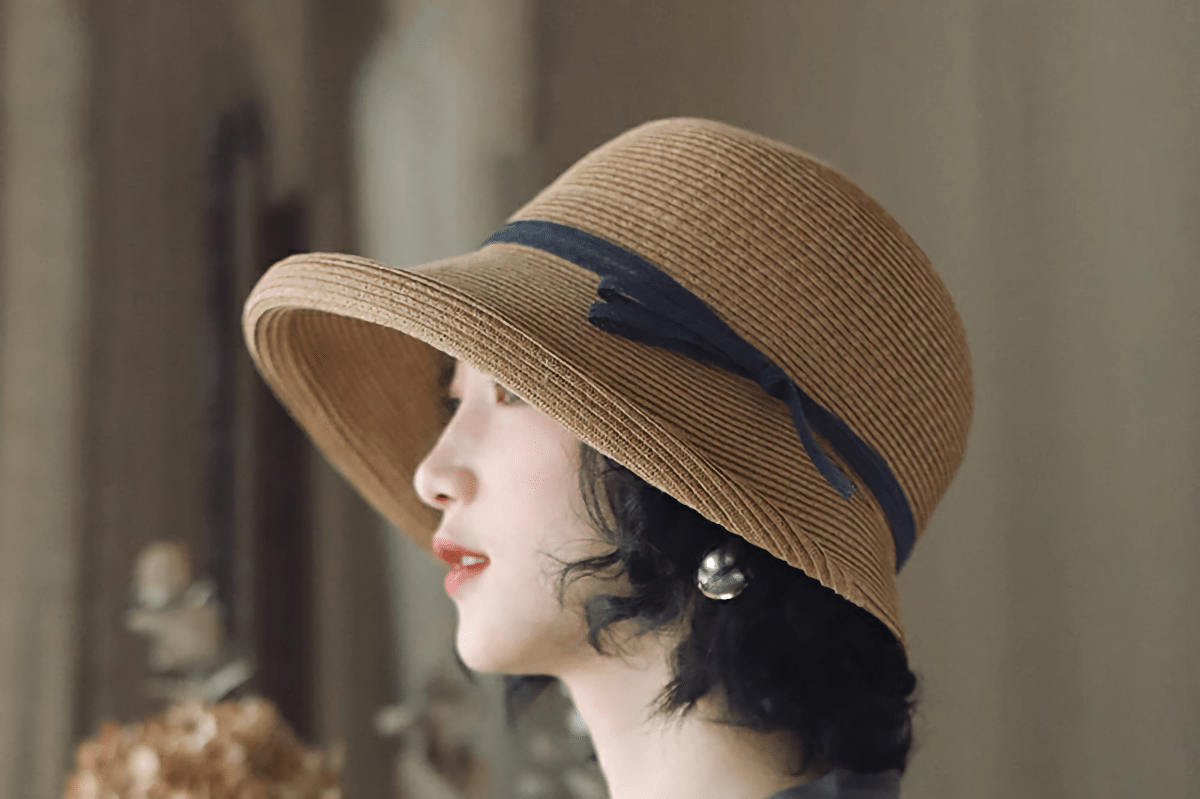In Japan, regulations are often only of a guiding nature. But with the new helmet “obligation” for cyclists, this is even anchored in the legal text. Because since April 1, cyclists have not only been obliged to put on a helmet for children riding with them, but Article 63-11, paragraph 1 of the Road Traffic Act now also unequivocally states: “Cyclists must make an effort to wear a helmet.”
Advertisement
Have to make an effort? You read that right. The state does not threaten those who refuse to wear a helmet with fines. As with masks during the Corona pandemic, it is recommended, not prescribed. What exactly is threatening now remains unclear. Lawyers are already suspecting that not having a helmet in an accident can result in courts awarding less compensation or compensation to the helmetless victim. But the legal appeal is already having an effect – especially in the range of bicycle helmets.
A bicycle dealer reports in the newspaper “Asahi” that helmet sales increased sixteen-fold in March. Suddenly not only cyclists want to wear helmets, but also mothers and fathers on their mama-chari, Japan’s iconic city bikes with one or two permanently installed child seats or shopping baskets. And suddenly a new category of helmets becomes popular: bicycle helmets that are not recognizable as such at first glance.
The optics count
The Japanese helmet manufacturer OGK has now launched five new helmet models. The simplest variant of the head protection previously unpopular with cyclists is the “Koofu CS-1”, which simply has a tweed pattern printed on the helmet surface. After all, this fashion statement is available in eight colors.
Of course, it can also be more subtle. In the “Days” model, the hard foam protection is hidden under an outdoor hat, in the “Sicure” model under a women’s hat and in the “Libero” model under a kind of baseball cap. Children have also been thought of: there is a fashionably padded cap for boys and a pink one with a bow for girls.
Japan has always tried everything possible with electronics – and often the impossible. Every Thursday our author Martin Kölling reports on the latest trends from Japan and neighboring countries.
And that’s just the expensive models from OGK, which cost around 60 euros. The internet, on the other hand, is flooded with cheap, fashionable hats made in China. The concept is similar: A lightly padded, thin hard plastic shell is placed in a hat and the “helmet” is complete. The current bike helmet ranking of the Japanese Amazon rival Rakuten speaks volumes. In the first two places there are dummy helmets based on outdoor hats for 12 and 25 euros. This is followed by an optical mixture of baseball and riding helmet, hard on the outside and padded on the inside.
Advertisement
The first classic bicycle helmet comes in fourth place, followed by two reinterpretations of the classic women’s bicycle hat, which have a wider brim at the front than at the back to protect against the sun. The first helmet disguised as a baseball cap also appears in the top 10, as does another more feminine, i.e. wider-brimmed, outdoor model.
Increased number of bicycle accidents
To what extent these thin-walled cheap helmets meet the actual goal of the legislator is still open. Parliament hopes that the amendment to the law will reduce the number of fatal bicycle accidents. One reason for this is that with the corona pandemic, more Japanese people switched to bicycles and the number of bicycle accidents, which had been declining so far, rose slightly again. And the police point out on their homepage that two-thirds of fatal two-wheeler accidents are caused by head injuries and not wearing a helmet leads to a 2.3-fold higher fatality rate.
The helmet requirement is not the only new legal reminder in Nippon for cyclists. The police have put the new points together on a poster to improve public education. “Rule 1” explains that cyclists must not ride against traffic on the wrong side of the road. Of course, that was wrong before. But those who drive in Japanese towns will not be surprised. In view of the longevity of this phenomenon, the question arises as to whether the current legal admonition to wear a helmet is more effective than a mandatory helmet that can be punished by law.
(bsc)
To home page
